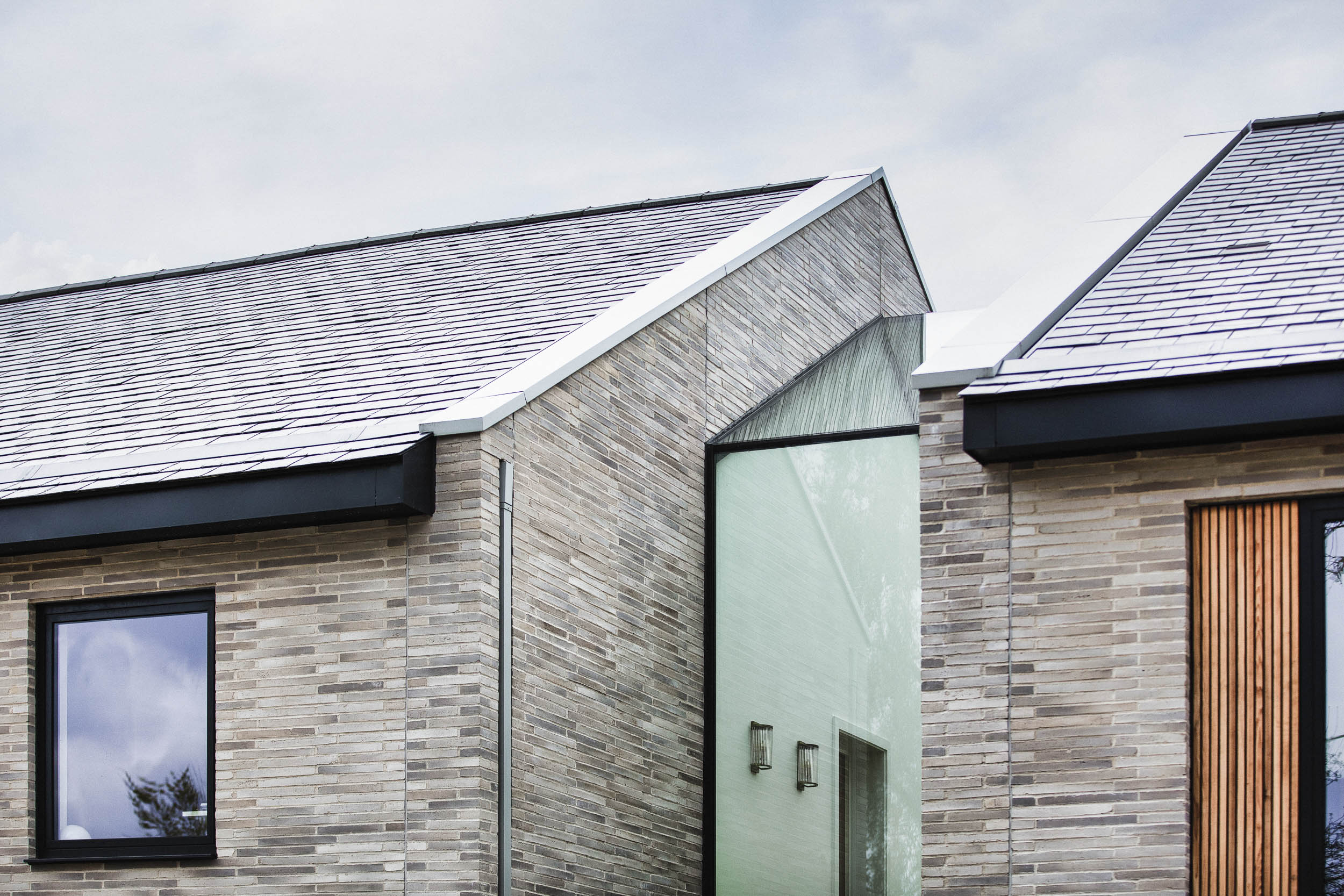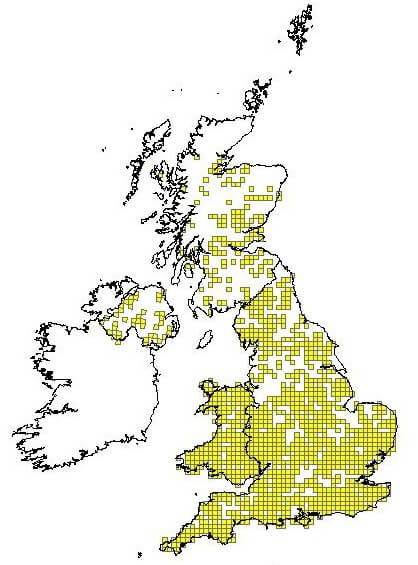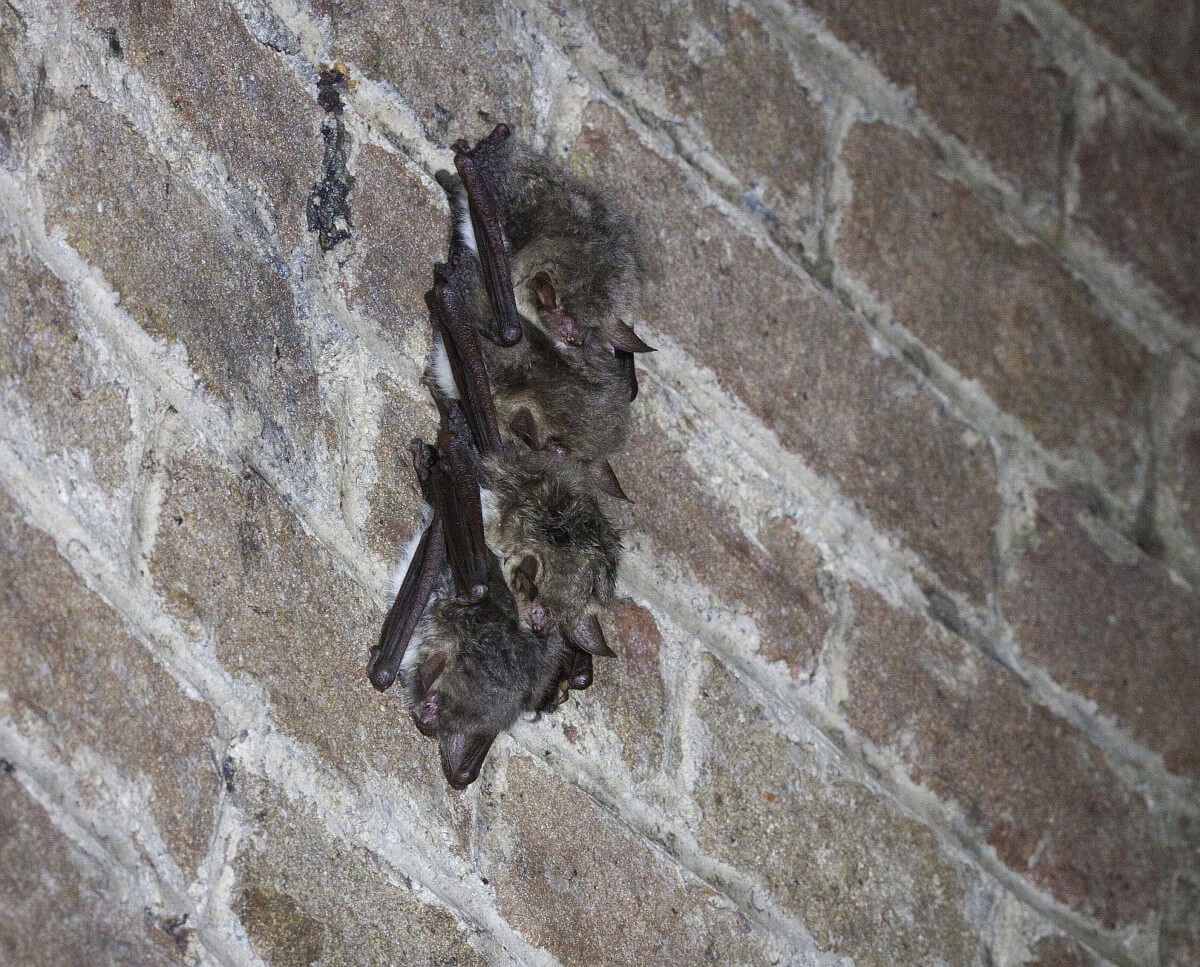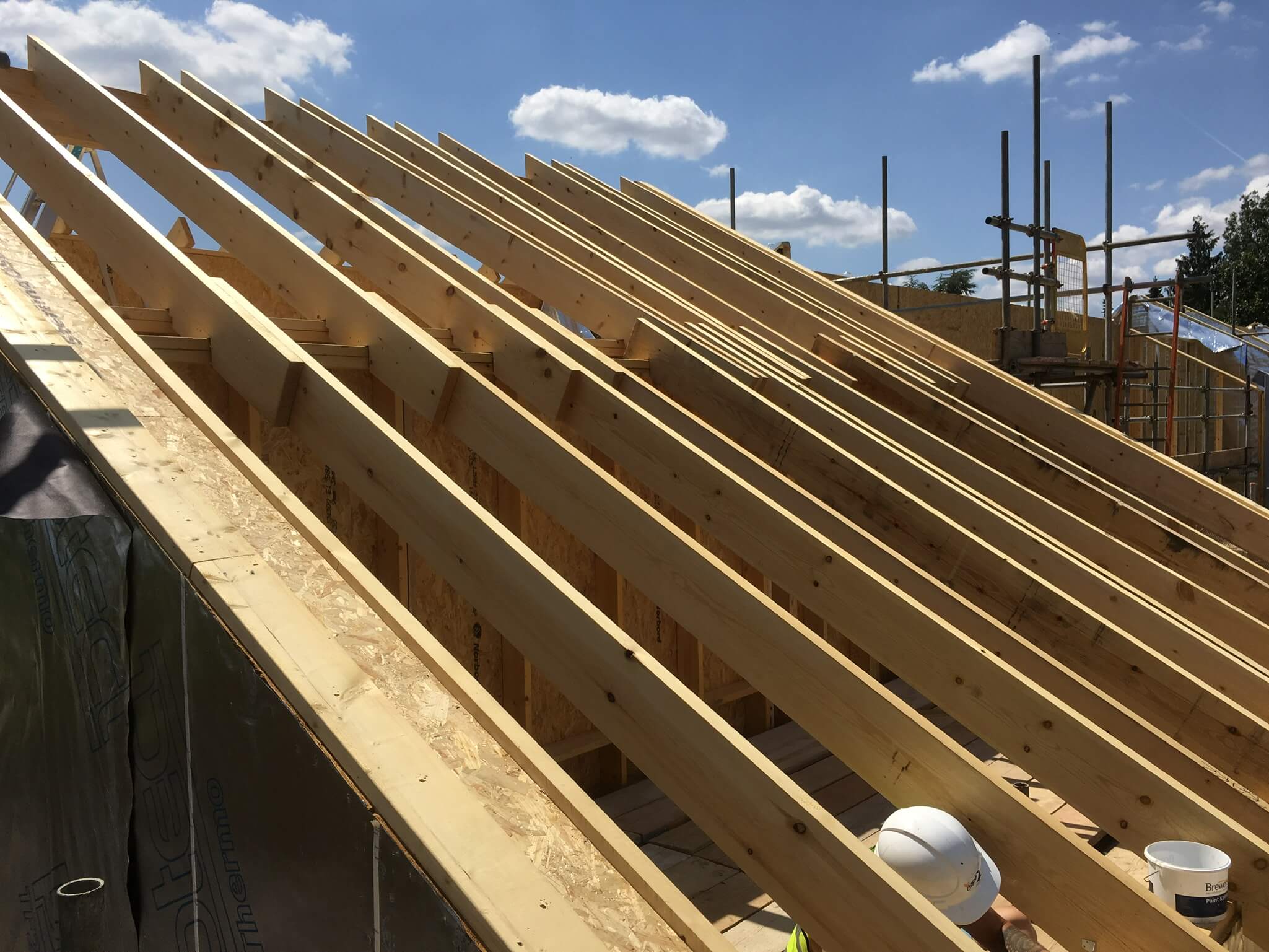
The impact of bat habitats on home construction
Just in time for our favourite spooky holiday, we couldn’t resist the opportunity to write about bats. Not only are these flying mammals as much of a symbol for Halloween as the carved pumpkin, but on a more serious note, their discovery at a building site can severely derail your construction plans.
Presence of bats within a building can potentially delay construction works for months while inadequate action towards them may lead to legal liability. As experts in providing architectural services in bat rich areas of UK, we’ve collaborated with Ted Bodsworth, an ecology consultant from Windrush Ecology to make sure that your project will not suffer any delays.
A little bit about bats
Bats are the only mammals to have developed the ability of true flight. At present, over 1,100 species of bat are recognised worldwide, making bats the second largest mammal group after rodents. There are 18 species of bat that occur within the British Isles, of which 17 are known to breed here. More species occur in the south and west of the country, with species numbers declining towards the north and into Scotland.

Are bats a protected species in the UK?
The numbers of bats in the UK have declined significantly over the last decades. Bats are particularly sensitive to human activity since they roost within buildings, trees and underground structures such as mines, and the availability of suitable roost sites is a key factor in the conservation of bats within the UK. Consequently, all species of bats found in the UK and Ireland and their resting places (referred to as roosts) are protected by law. The Wildlife and Countryside Act 1981 (as amended by the Countryside and Rights of Way Act 2000) together with The Conservation of Habitats and Species Regulations 2017 make it an offence to:
- Deliberately or intentionally kill or injure a bat
- Damage or destroy a breeding site or resting place of such an animal or intentionally or recklessly damage, destroy or obstruct access to any place that a wild bat uses for shelter or protection
- Intentionally or recklessly disturb any wild bat while it is occupying a structure or place that it uses for shelter or protection
According to the above-mentioned legislature, a bat roost may be any structure a bat uses for breeding, resting, shelter or protection. It is important to note that since bats tend to re-use the same roost sites, current legal opinion is that a bat roost is protected whether or not the bats are present at the time.
Where in the UK can bats be found?
Bats can be found in all parts of the UK, and in all habitats. However, species-richness declines as you go north, and the most species are found in the south of England, the south-west of England and in Wales. Indeed, certain species such as the greater and lesser horseshoe bats are restricted to the south-west and to Wales, with certain hot spots in Cornwall, Devon, Gloucestershire, South Wales and Dorset.
Woodland is a key habitat, as it offers both foraging habitat and roosting opportunities (in trees). Other key habitats are hedgerows, as they provide habitat linkages and connectivity, as well as shelter for foraging, and wetlands including rivers, lakes and ponds. Certain species, such as Daubenton’s bat, are wetland specialists and forage exclusively over waterbodies, catching insects from the air and from the surface of the water. Grassland can also be a suitable habitat, particularly species-rich meadows with abundant insect prey. Grazing animals may also be important, as certain bats feed on beetles and other insects that occur around livestock and which feed off dung.

What buildings are likely to become a roosting site for bats?
Bats regularly use buildings as roost sites, typically in loft spaces, but also within the fabric of the building (under roof tiles, hanging tiles, wooden boarding etc.). Roofs of old houses, old barns and cellars are typical roost sites. Because of this, Local Planning Authorities will usually request a bat survey if the project involves demolition, loft conversion or extension/significant alteration to a building, especially if the roof or loft are to be affected.
What to look out for in a building:
- Age of the building (pre-20th Century or early 20th Century construction)
- Nature of construction; traditional brick, stone or timber construction
- Large and complicated roof void with unobstructed flying spaces
- Large (>20 cm) roof timbers with mortice/tenon joints, cracks and holes
- Entrances and gaps for bats to fly and crawl through
- Poorly maintained fabric providing ready access points for bats into roofs, walls; but at the same time not being too draughty and cool.
- Roof warmed by the sun, south-facing roofs in particular
- Weatherboarding and/or hanging tiles with gaps
- Undisturbed roof voids
- Buildings and built structures in proximity to each other providing a variety of roosting opportunities throughout the year
- Buildings or built structures close to good foraging habitat, in particular, mature trees, parkland, woodland or wetland, especially in a rural setting.
I live in a bat-rich area and suspect my house may be a roosting site, can I still carry out construction work?
If the presence of bats or their roosts is suspected, an ecological survey and assessment of impacts should be conducted, as architects, we commonly refer to this as a ‘bat survey’. The survey will have to establish the species and numbers of bats likely to be affected together with the assessment of the likely impacts on bats arising from the development proposal. Before suggesting a survey often such factors like the nature and scale of the development, together with the suitability of existing structures (as previously discussed), and the suitability of the surrounding landscape for bats and/or whether there are existing records of bats using the area.
Who can carry out a bat survey?
If bats are suspected or known, to be present, it is the responsibility of the planning applicant to organise and pay for the survey. The bat survey should be undertaken by an ecologist who holds a Science and Education Licence from Natural England (commonly referred to as a ‘survey licence’).
We commonly enroll the services of Windrush Ecology, on projects where the presence of bats is suspected. Conducting bat surveys not only gives our client’s a piece of mind but also directs our design process to deliver innovative ways to provide new habitat for bats, as it did in this project.

When are the surveys carried out?
An initial bat survey, comprising a building inspection survey and a ‘preliminary roost assessment’ can be undertaken at any time of the year, as the survey looks for evidence of bats (droppings etc.) and assesses the suitability of the building for roosting bats.
Obviously, if this is undertaken in the summer, active bats may be encountered within their summer roosts, and bat droppings may be fresh and more abundant! Similarly, if there is a suspicion that a building or structure is suitable for hibernation, undertaking this type of survey in the winter would be useful.
Summer and Re-Entry surveys, such as dusk/dawn watches, must be undertaken from May to September, with at least one survey from May to August. Therefore, it is always prudent to consider whether bats may be present to avoid delaying the project simply due to the time constraints of the surveys.
What’s involved in a bat survey?
There are two kinds of bat surveys: Daytime and Re-Entry.
Daytime Surveys
Daytime surveys are straightforward. The surveyor visits the building and undertakes an internal inspection, of all accessible spaces including lofts, cellars, basements, attics.
During the survey the ecologist will be looking for the following:
- Signs that bats have or are using the buildings, structures or trees within the development
- Features in buildings/structures and trees which could potentially provide a roosting place
- The surrounding area’s suitability for bats.
A detailed internal and external survey of the building is undertaken using a 1 million candle-power torch and close-focusing binoculars to look for bats and/or evidence of bats and to assess the potential of the building to support roosting bats. The external elevations of the building are inspected for evidence of bats including, bat droppings, urine stains, feeding remains (such as moth wings) and characteristic fur staining around access points. ‘Clean’ gaps and crevices within the structure of the building are looked for as this can indicate where bats may have gained access to the interior spaces and the fabric of the walls.
In some cases, the ecologist may be able to conclude at this stage that there is negligible potential for bats to utilise the buildings, structures or trees affected by the development proposal, in which case no further surveys are likely to be required.
Emergence and Re-entry Surveys
If evidence of bats has been found, or the ecologist believes that there is a reasonable chance that bats are present, but undetectable from the daytime survey (for example, there may be a roost within a cavity wall, with droppings hidden within the wall and no evidence on the outside) then we would recommend further surveys at dusk and/or dawn. Best practice is to undertake three surveys of a high potential roost, two where a structure has moderate potential and one if there is low potential. These kinds of surveys can only be undertaken from May to September, inclusive.
The surveys are relatively straightforward, with surveyors positioned around the building/structure, so as to observe all elevations. The surveys start 30 minutes before sunset and continue for 1.5-2 hours after sunset, or 1.5-2 hours before sunrise. The exact duration depends on the weather, time of year and species of bat (some emerge very early, and some much later).

Windrush Ecology uses bat detectors to listen to bat calls and to record them for identification. Most bats have a unique frequency and call sound/pattern, that can be used for identification to species or genus level.
The kind of data that the ecologists at Windrush gather is which species, how many bats, where are the roost locations and the access/egress points. The key question for these summer surveys is whether a maternity colony is present.
In the summer, female bats gather to give birth and these gatherings are called maternity colonies. They are usually single-species and made up only of pregnant females. Each female will have one baby, which she will suckle and nurse until September when the baby bat will be weaned and will start to eat insects. These colonies can number in the tens to hundreds of bats, and so are very important with regard to local bat populations.
What happens when the bat survey is completed?
Following the survey, Windrush Ecology will produce a report setting out how and when they carried out the survey, what they found, the impact of the development on bats and their recommendations.
What happens if the presence of bats was found during the survey?
If it is concluded that bats are present a mitigation strategy will be developed, which may require development taking place at certain times of the year, the use of certain materials and specific provisions to allow bats to continue to use the original or replacement roost.
What happens following planning permission?
If the development cannot avoid disturbance or other impacts to bats, even for a temporary period, a ‘licence’ to carry out the proposed works must be obtained from the appropriate licensing body before the development takes place.
A licence can only be issues where the following requirements are satisfied:
- The proposal is necessary ‘to preserve public health or public safety or other imperative reasons of overriding public interest including those of a social or economic nature and beneficial consequences of primary importance for the environment’;
- ‘There is no satisfactory alternative’;
- The proposals ‘will not be detrimental to the maintenance of the population of the species concerned at a favourable conservation status in their natural range’.
These three criteria are often referred to as the ‘three tests’ of the Regulations. All three must be satisfied for a licence to be granted.
How can we help you?
As leading high-end residential architects with vast experience in designing and delivering buildings in bat rich areas, we provide architecture services throughout London, Surrey, Oxfordshire, Buckinghamshire, Berkshire and the Cotswolds. We’d love to help you plan your build or renovation. Find out more about how we work or get in touch for an initial meeting with Ben Holland or Stephen Green.